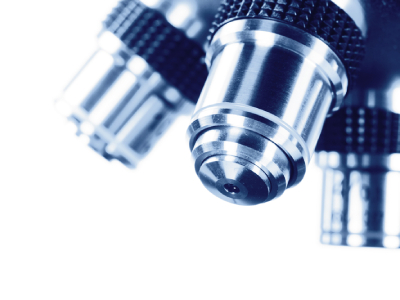
Boston University researchers recently published their findings on novel microscopy techniques that improve visualizing minute details without the need for additional dyes. The findings will help future researchers visualize their samples with increased accuracy.
Published in Nature Communications and Science Advances, the method relies on photothermal microscopy to detect the chemical bonds in a sample. After excitation of the bond vibration, the energy dissipates into heat which can be measured utilizing a probe beam passed through the focus. This allows researchers to reach sensitivities close to that of fluorescence imaging without the need for additional dyes.
When asked if the findings suggest a new direction for the future of microscopy during a recent Q&A, Dr. Ji-Xin Cheng, Boston University Professor in Photonics and Optoelectronics, replied “Yes, indeed. These two papers together indicate a novel class of chemical microscopy termed as vibrational photothermal microscopy or VIP microscopy. VIP microscopy offers a very sensitive way of probing specific chemical bonds; thus we can use them to map molecules of very low concentrations without dye labeling.”
The new class of imaging technologies developed by the researchers includes a wide-field mid-infrared photothermal microscope that is capable of visualizing the content of a single viral molecule. The other, a vibrational photothermal microscope, is a microscopy technique that is based on the stimulated Raman process.
“These two papers aim to address a fundamental challenge in the rising field of vibrational imaging that is opening a new window for life science and material science. The challenge is how to push the detection limit so that vibrational imaging is as sensitive as fluorescence imaging, so that we can visualize target molecules at very low concentrations (micromolar to nanomolar) in a dye-free manner,” said Cheng.
As of now, Cheng and his colleagues have filed provisional patents for the methods with BU’s Technology Development office. They currently have two companies interested in commercializing the technologies, indicating a potential shift in future microscopy research.